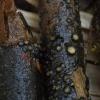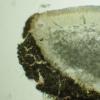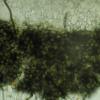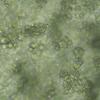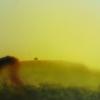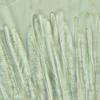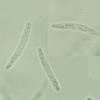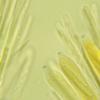
02-07-2025 09:32
 Nicolas VAN VOOREN
Nicolas VAN VOOREN
Hello, bonjour.Here is the paper I'm searching for

30-06-2025 16:56
Lydia KoelmansPlease can anyone tell me the species name of the

01-07-2025 23:37
Hello.A Pleosporal symbiotic organism located and

30-06-2025 12:09
 Edvin Johannesen
Edvin Johannesen
This tiny, rather "rough" erumpent asco was found

30-06-2025 06:57
Ethan CrensonHi all, Another find by a friend yesterday in Bro

30-06-2025 14:45
 Götz Palfner
Götz Palfner
This is a quite common species on Nothofagus wood

25-06-2025 16:56
Philippe PELLICIERBonjour, pensez-vous que S. ceijpii soit le nom co

29-06-2025 18:11
Ethan CrensonHello all, A friend found this disco yesterday in
Mollisia retincola
Juuso Äikäs,
20-05-2020 16:05
I was reading Fungi of Temperate Europe and the title's species struck me as quite distinctive and something that might be possible to identify. (Belonopsis retincola is apparently a synonym and Species Fungorum claims that Trichobelonium kneiffii is the current name.)
So I visited a small pond nearby that has Phragmites australis growing in it. I found these almost immediately, growing on dead, standing culms near the waterline.
This time I managed to get a clear yellow KOH reaction. The medulla has plentiful crystals in it and the spores measure 23.4 - 26 × 2.8 - 3.4 µm.
With the combination of these characteristics, I'm quite confident this is indeed M. retincola.
Mirek Gryc,
22-05-2020 19:12
Re : Mollisia retincola
Hi
IMHO, you marked well.
In my microscopic collections, the spore length range was more diverse. Maybe you only measured the longer ones?
To be sure, I would check croziers.
Mirek
In my microscopic collections, the spore length range was more diverse. Maybe you only measured the longer ones?
To be sure, I would check croziers.
Mirek
Juuso Äikäs,
22-05-2020 19:17
Re : Mollisia retincola
There weren't that many spores and I measured only five so that would probably explain it.
Mirek Gryc,
22-05-2020 19:42
Re : Mollisia retincola
This is a very common species on Phragmites australis. You will definitely meet him many more times.
Not all features are always compatible (variability?).
Mirek
Not all features are always compatible (variability?).
Mirek

